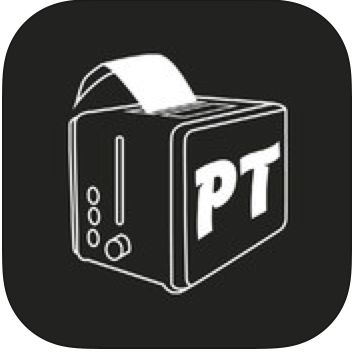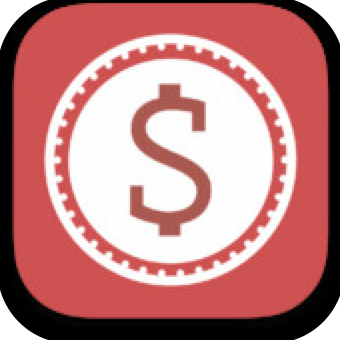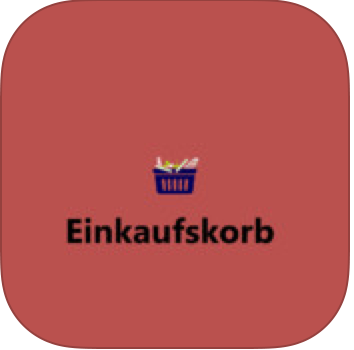 Im Rahmen unserer Vorlesung „Mobile Applications 2014“ ist die App My iPark entstanden. Mit Hilfe von Open Data werden alle Parkkmöglichkeiten rund um Graz ausgelesen und man kann sich die Route dorthin berechnen lassen:
Im Rahmen unserer Vorlesung „Mobile Applications 2014“ ist die App My iPark entstanden. Mit Hilfe von Open Data werden alle Parkkmöglichkeiten rund um Graz ausgelesen und man kann sich die Route dorthin berechnen lassen:
My iPark findet Parkgaragen sowie „Park & Ride“ – Plätze im gesamten Stadtgebiet Graz. Die Daten für die Plätze wurden im Rahmen von Open Data von der Stadt Graz zur Verfügung gestellt.
Auf einer Karte werden die eigenen Koordinaten als Punkt neben den Parkmöglichkeiten dargestellt. Somit sieht man auf einen Blick die nächstgelegen Möglichkeiten, das Auto abzustellen. Die App bietet darüber hinaus eine Funktion auf komfortable Art den schnellsten Weg zum gewünschten Ziel anzeigen zu lassen.
Neben einer Satelliten Darstellung einer ausgewählten Destination finden sich, falls vorhanden, zusätzliche nützliche Informationen, zum Beispiel Preis oder Öffnungszeiten.
Zusätzlich zur Karte kann man in einer Listenübersicht gezielt nach einem bestimmten Ort suchen. Es wird dabei nach Infos Ort, Typ und Namen gefiltert.



